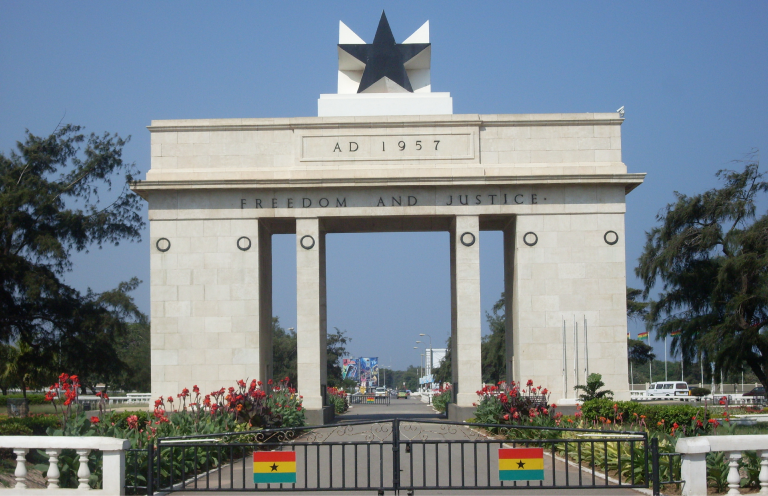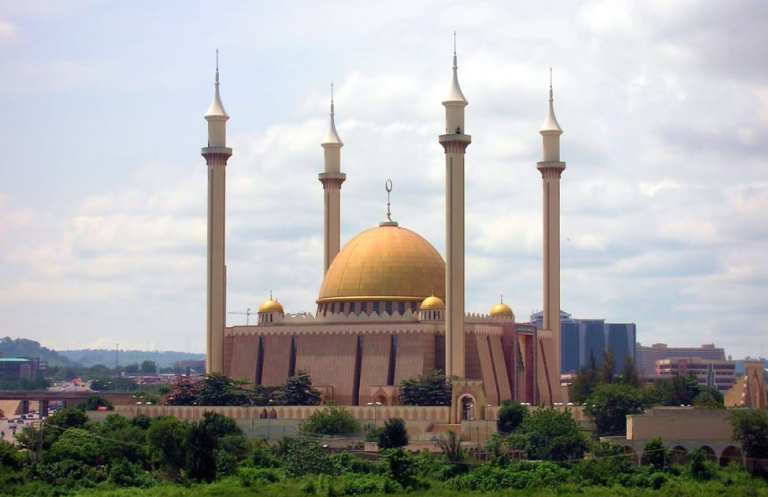The Origins of Theater
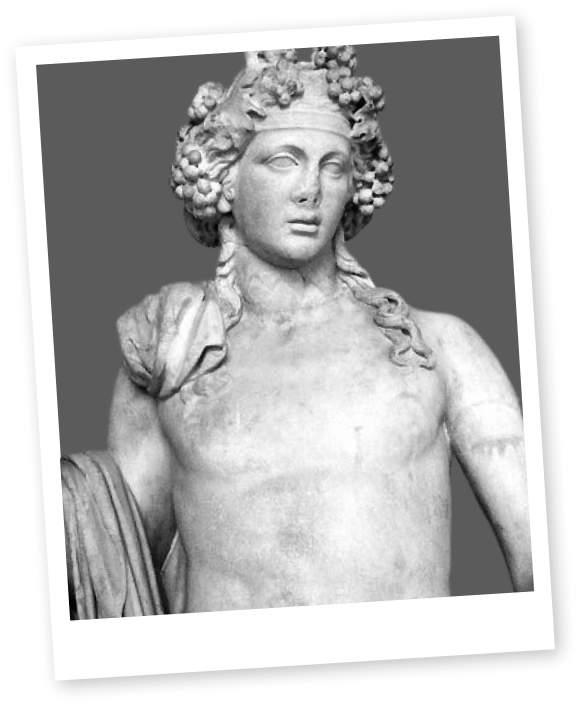
Dionysus
Ancient Greek god
Theater is widely considered to have emerged in Athens when the city began hosting annual events to honor the Greek god Dionysus around 480 BC.
As we’ll learn, some historians believe theatrical performances may have taken place in India and China hundreds of years earlier.
Still, there is no concrete evidence nor consensus for this being true.
In Greece, early theater was often not a "performance" in a traditional sense. It was usually a famous or local poet reading out their work. These readings would gradually lead to:
Poets acting out their works rather than merely reading them
Poets hiring actors to act out their works
The first theatrical producers working with poets and early playwrights to create longer scripts, specifically for performance purposes.
Due to Greece’s prominent position within the Mediterranean Sea, it didn’t take long for theater traditions to spread to neighboring countries in the region.
Italy and Egypt, two other fast-emerging countries and populations on the Mediterranean coast, would also quickly adopt a love of theater, albeit in different ways.
Much of the early evolution of theater was driven by these countries. As wars took place and people began to travel, different cultural influences would spread across the lands. In addition to things like food, customs, and way of life, theatrical traditions became a significant cultural aspect these countries had in common.
The cultural evolution of European theater
In Europe, the emergence of the Roman Republic, and later the Roman Empire, placed Italy at the heart of culture across the continent.
While the first Roman performances were adaptations of works from Greece, by the start of the Christian Era, many Roman playwrights were producing their own work. The Roman Republic even saw the establishment of the first writer’s and actor’s guilds!
One of the most significant evolutionary elements of early Roman theater was the inclusion of women in performances.
Women were forbidden to perform on stage in Greece, while in Rome, they could sing and dance on stage, although female speaking parts in plays remained rare.
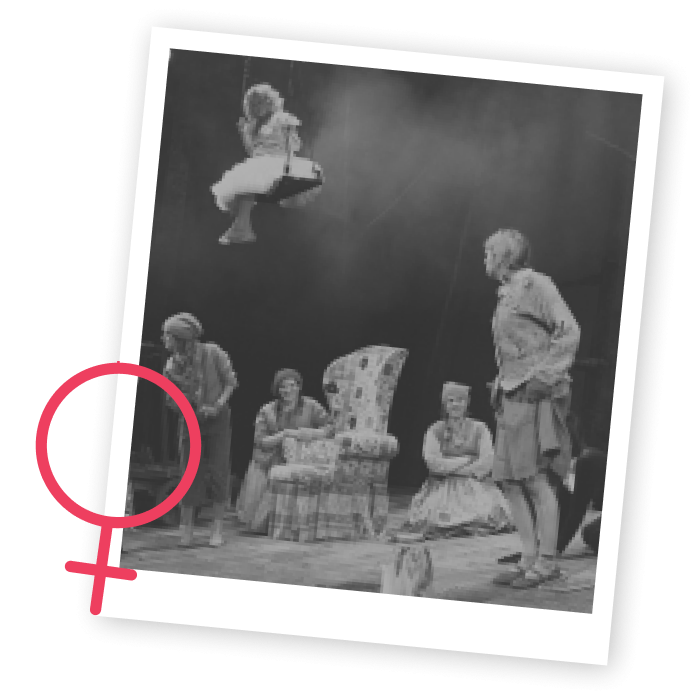
The role of the Byzantine Empire in
continuing the legacy of Greek theater
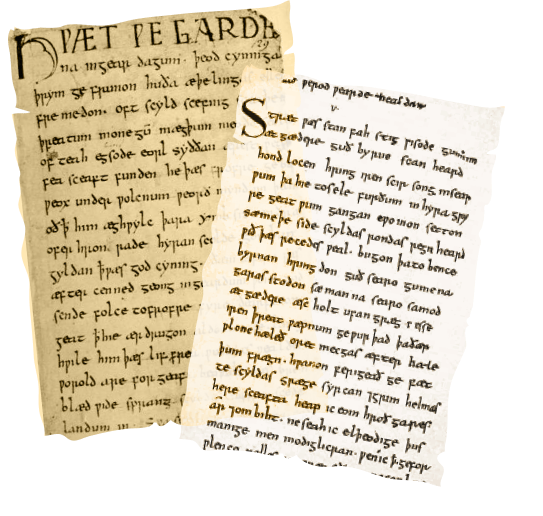
While very few Roman theatrical works survive today, many more Greek texts do. The credit for this goes to the Byzantine Empire.
While the Byzantines enjoyed theatrical performances, their most significant legacy is widely seen to be their preservation of Greek texts. In contrast, many Roman works were destroyed during the early centuries of the Christian Era, as anything not “the work of God” was seen as the devil’s work.
From around 500 CE, many theatrical activities disappeared across Europe. Small bands of traveling performers toured Europe but were often denounced by various churches as spreading a dangerous message.
Instead of actors re-emerging, the next evolution was to a type of performance involving two groups singing in what we’d recognize as a modern “call and response” style.
The development of burlesque and
comedy and the destruction of theater

During this period, performances would begin to take place outside of churches, which would often only perform once or twice a year, if at all.
By the middle of the 12th century, theater had begun to re-establish itself across Europe. Although many performances were adapted from those seen in church, playwrights across Europe were also prolifically writing their own scripts.
Many plays from this period from Spain, France, and Germany survive today. During these years, the United Kingdom also established itself as a vital theatrical hub. Playwrights from continental Europe were also the first to experiment with taking secular shows to audiences, which proved popular among those wanting a break from religion!
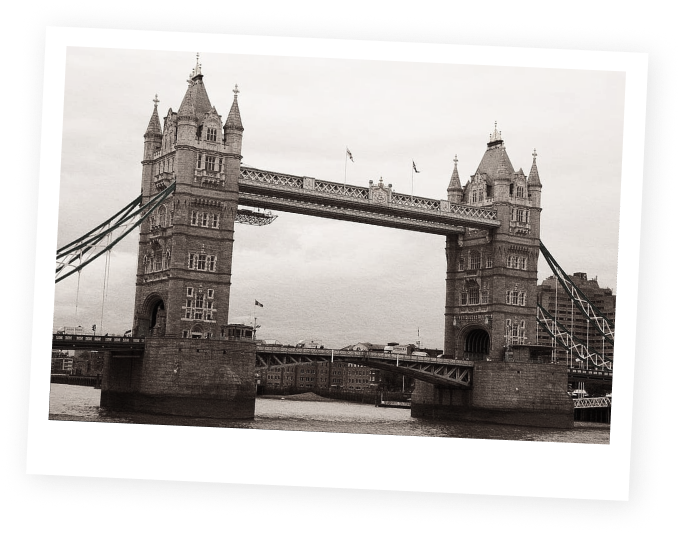
By the end of the 15th century, religious dramas could be found across Europe. Comedy had also been re-established, while burlesque performances were popular and becoming more widespread.
At this time, actors performing in plays were typically local citizens and would create their costumes based on the part they were to play. Actors across Europe were usually not paid, but such enjoyment was found in the art of performance that playwrights seldom struggled to find willing participants.
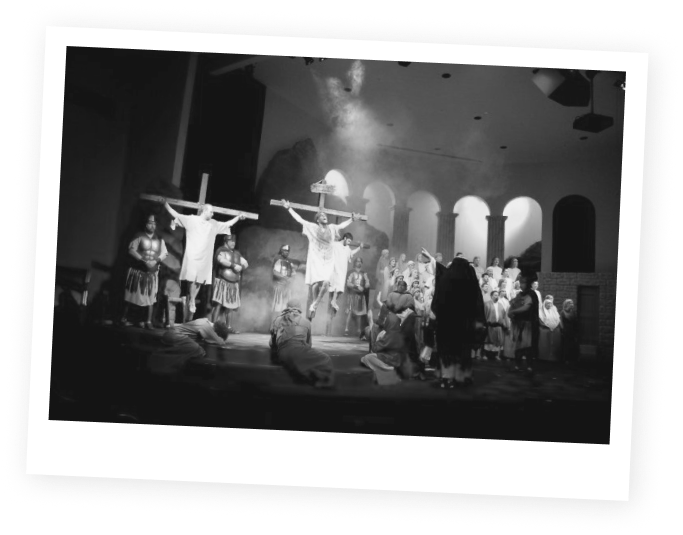
Professional actors began to appear more frequently in the 16th century, with European royals often paying companies of actors to perform exclusively for their enjoyment.
Another significant moment in theater’s evolution came in the 16th century with the widespread banning of religious plays across Europe. This destroyed many ofthe common features found in theater across the continent.
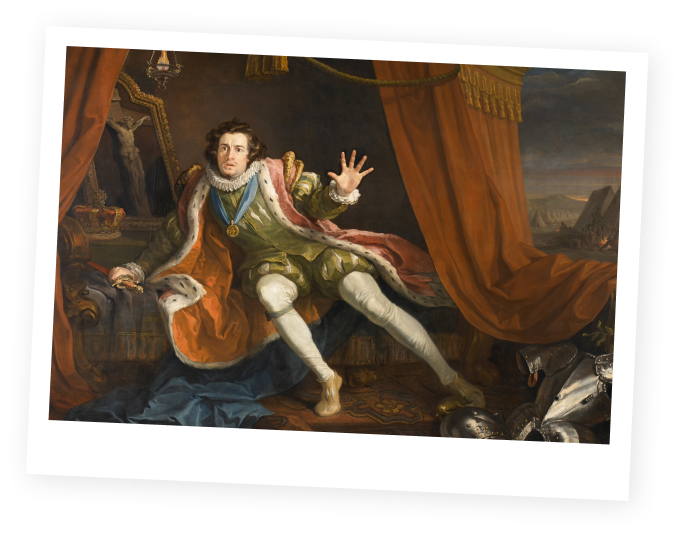
However, it had a positive by way of:
- Forcing countries to further develop unique theatrical styles, which had started to emerge over the previous 200 years anyway.
- Reviving interest in surviving Greek and Roman works, which, while sometimes featuring religious characters, were not seen to be religious in context.
From this point on, we can begin to trace the evolution of theater in Europe through specific countries.
Italian Commedia dell’arte
Commedia dell’arte
“Comedy of the Profession”
Commedia dell’arte – “Comedy of the Profession” – was Italy’s answer to professional theater following the banning of religious plays. Troupes of around a dozen actors typically performed Commedia dell’arte shows. These performances quickly became popular across Europe, with several plot devices and theatrical elements proving hugely influential and surviving to this day.
Commedia dell’arte typically combined scripted elements with improvisation.
How performances were put together and produced often differed from troupe to troupe. While some would spend time planning a routine and putting together a script, some would do as little as set up a scenario from where the actors could improvise as they went along.
Thanks to performers’ willingness to work in this way, commedia dell’arte became widely accepted as being the founding of what we’d today call “slapstick” comedy.
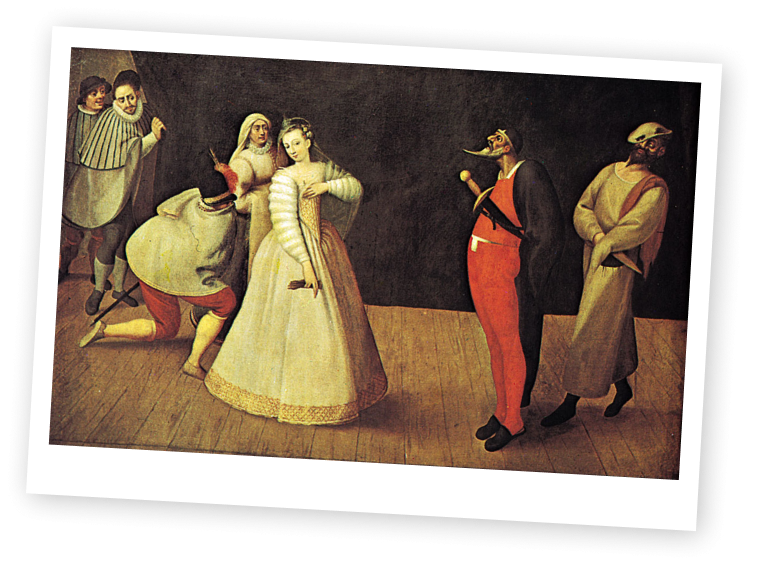
Another feature of Italian comedy was stock characters, who featured in a similarly consistent manner to those during Roman times. Typically, stock characters represented an exaggerated, almost caricature version of someone from a specific social class or profession.
English Elizabethan theater
While English Elizabethan theater, also popularly known as Renaissance theater, was only around for 80 years between 1562 and 1642, but was hugely influential at the time and as a precursor for what would come in later years.
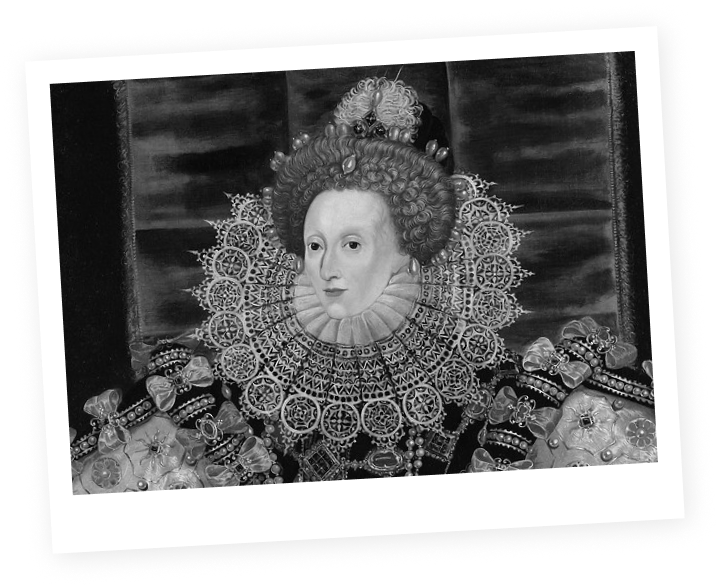
Before Queen Elizabeth came to the English throne,
companies of actors were exclusively kept by royalty or aristocratic households for their entertainment. Actors who left these companies or were discarded by their masters then became responsible for setting up the first traveling companies.
These developments helped to lay the foundations for how theater would evolve into the centuries beyond.
Legendary playwright William Shakespeare also lived during this period,
Legendary playwright William Shakespeare also lived during this period, with many of his most famous plays written and first performed around the turn of the 17th century. Despite this period of dramatic history being short, it is undoubtedly the most critical era, thanks to Shakespeare.
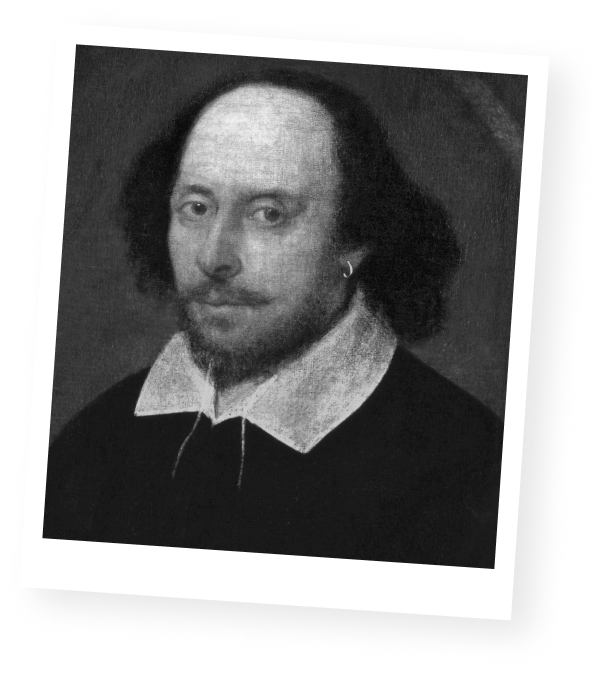
Perhaps the most notable thing about Shakespeare’s work is its reliance on plot devices and characters from ancient Greek and Roman theater. As such, Shakespearean plays are the most evident link between ancient theater and the drama of today.
The Spanish “Golden Age”
Estimates of the Spanish “Golden Age,” which stretched from 1590 to 1681, say anything between 10,000 and 30,000 plays may have been written!
Although another relatively short period, the Renaissance years in Spain saw theater become a massively influential part of society.
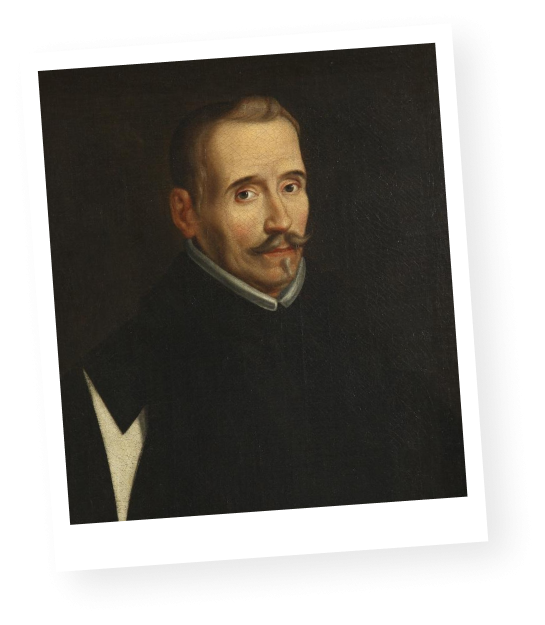
Playwright Lope de Vega was particularly famous at the time.
Today, de Vega is even viewed as “the Spanish Shakespeare,” such has been the influence of his work.
While “Golden Age” Spanish theater developed a distinct identity, it borrowed heavily from Italian comedy and English Renaissance theater, making its performances far more diverse and attractive to many people.

In turn, the skill of Spanish playwrights in marrying independent themes into coherent scrips and performances saw Spain emerge as a gold standard in theater.
Today, the influence of the Spanish “Golden Age” continues to grow over the English-speaking world as more plays from the period are translated and interpreted.
Restoration Comedy in England
The restoration comedy era in England began in 1660. The 18-year gap between the start of this era and the end of the Renaissance theater era was due to the English Civil War and the subsequent banning of theater by the regime of the day.
King Charles II was even known to encourage sexually explicit language.
Although Shakespearean works remained popular, restoration comedy was typically characterized by how it glamorized immorality. King Charles II was even known to encourage sexually explicit language. At the same time, drinking, gambling, and other forms of debauchery were also widely characterized and typically in demand from audiences.
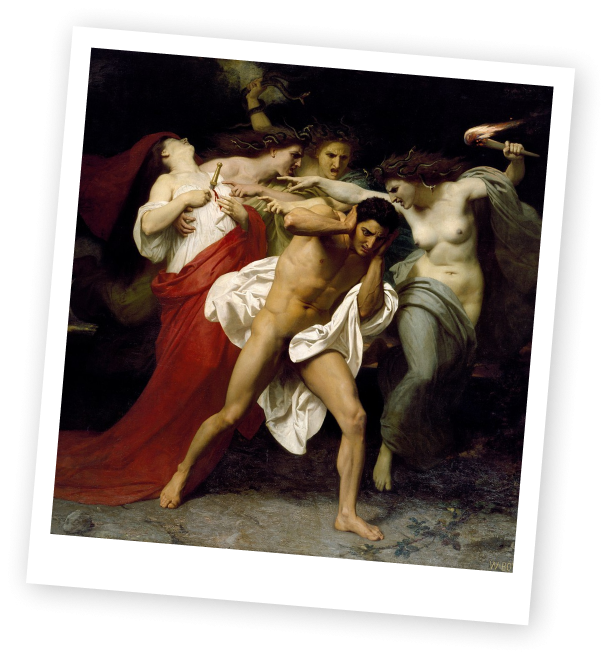
Restoration comedies usually incorporated these elements from the perspective of mocking restraints. Many playwrights made a point of seeing how far they could go in their productions. Many openly set out to shock, disgust, and outright upset their audiences!
This type of performance would endure for many years and eventually lead to these themes being included in dramas and even religious plays!
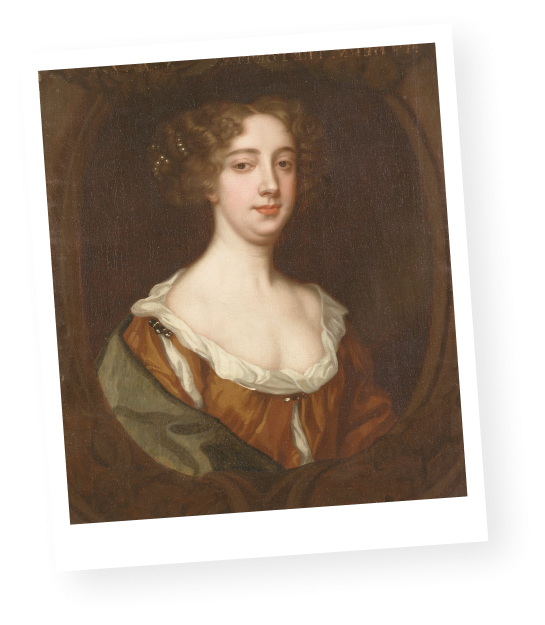
Aphra Behn
England’s first female playwright
The restoration comedy era was also noteworthy for the emergence of Aphra Behn, England’s first female playwright.
19th century European plays and the pathway to today
By the 19th century, European theater had moved through the neoclassical period, which saw grandiose and melodramatic performances come to the fore. Sexual farces and political satire had also emerged across Europe. However, in the mid-18th century, theater in England was highly regulated and censored by the state.
During the 19th century, national identities within theater were clear, despite the continued presence of shared influences.
These trends predominantly laid the pathway for modern theater in Europe, which would continue to evolve into the significant cultural entity it is today.
The cultural evolution of American theater
American theater is mostly defined by the history of Broadway theater.
However, like how plays were treated across Europe at the start of the Christian Era, a strong affinity with religion saw plays banned towards the end of the century. Performances did continue, however, and were often disguised as moral lectures!
Several professional theater companies were in existence by the turn of the 19th century. However, many struggled to survive due to the ban.
Theater would gradually spread across the United States throughout the 1800s, with a strong European influence enduring.
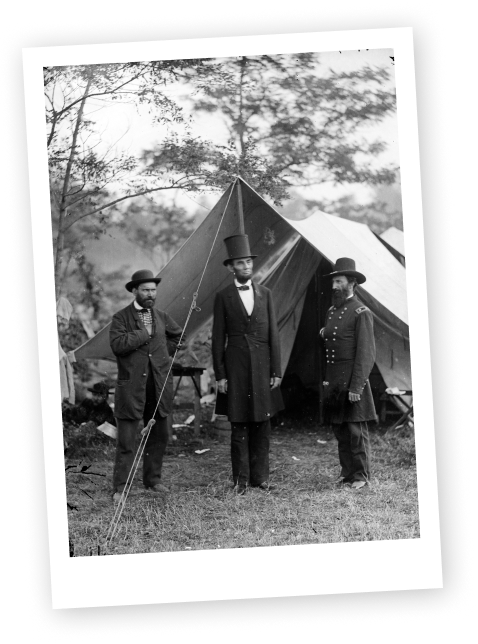
The American Civil War
The American Civil War proved to be a turning point for theater in the United States. In the years afterward, audiences would look for “American made” stories. Typically, these would be realistic interpretations of modern life and put American citizens as the heroes at the heart of the stories.
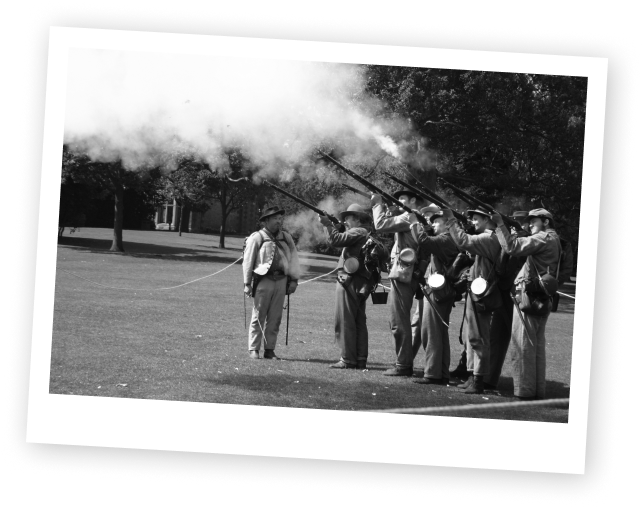
Read our history of Broadway theater to learn more about the development of theater in the United States.
Theater in Africa
While the ancient Greeks are widely credited with being the founding fathers of what we would consider modern theater, there is some evidence that “passion plays” were taking place in ancient Egypt as long ago as 2000 BC.
However, little is known about how theater evolved, or if it even existed, in ancient Egypt to any great extent. Given how much historians know about ancient Egypt, it seems unlikely theater played any significant cultural role, and certainly not to the extent it did in Athens and Rome.
In terms of modern African theater, West Africa is considered the most influential, with Ghana and Nigeria having a rich, albeit recent, theatrical history.
Theater in Asia
As you might expect from such a vast continent, there are vast differences in theatrical traditions and history across Asia.
The most prominent theatrical cultures that continue to be influential today emerged in India, China, and Japan. Persian – also referred to as Islamic – theater was also important.
Indian theater
Some historians believe Indian theater may have emerged around 1500 BC. However, it is widely accepted that it grew as a matter of cultural significance between the 1st and 10th centuries.
The earliest forms of Indian theater were written in Sanskrit and typically took on one of two themes:
Religion
Religion, driven by Hindu messaging and beliefs.
Secular
Secular, but with a focus on moral issues and messages, such as telling the tale of a gambler who saw some success but eventually found nothing but financial ruin.
Indian theater would not begin to re-emerge fully until around the 15th century. During this period, there was a national effort to re-establish traditional Indian and Hindu values.
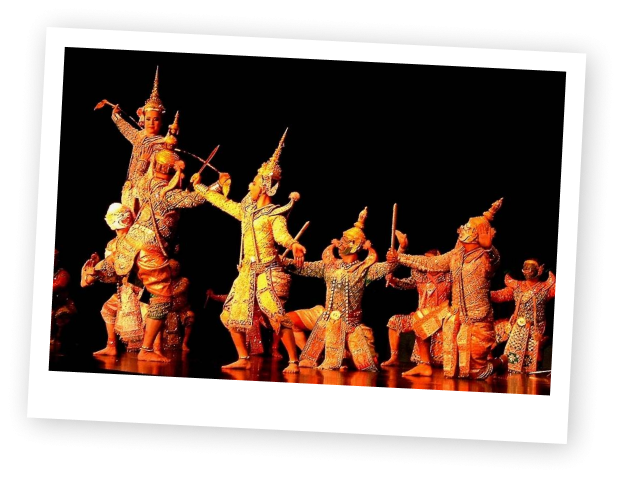
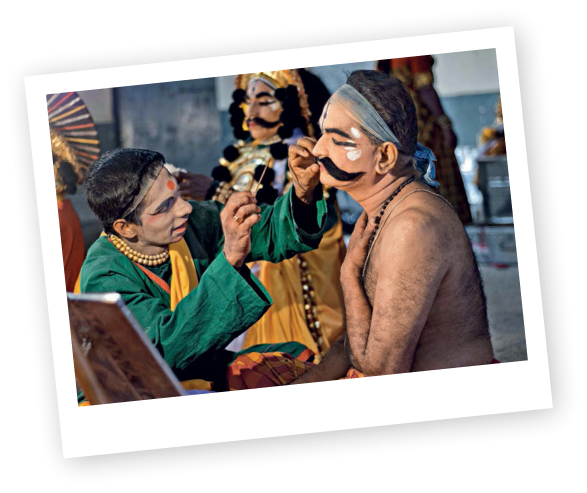
Local theater was seen as a means of doing this. From a broader cultural perspective, the development of local theater was also a vital driver of helping regional languages and dialects grow for over 400 years until the British Empire colonized India.
It was during British rule that modern Indian theater began to develop. Today, plays from all over the world are performed in India. However, those written and produced at home are often the most popular in a similar manner to how Bollywood is appreciated on-screen.
Chinese theater
Performance art in China is thought to date back as far as 1600 BC.
Music, dancing, and acrobatics were widely performed, albeit these were not seen as theatrical performances. Yet, they remained the most dominant form of entertainment in China for hundreds of years.
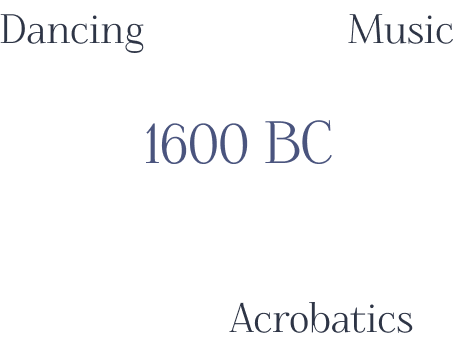
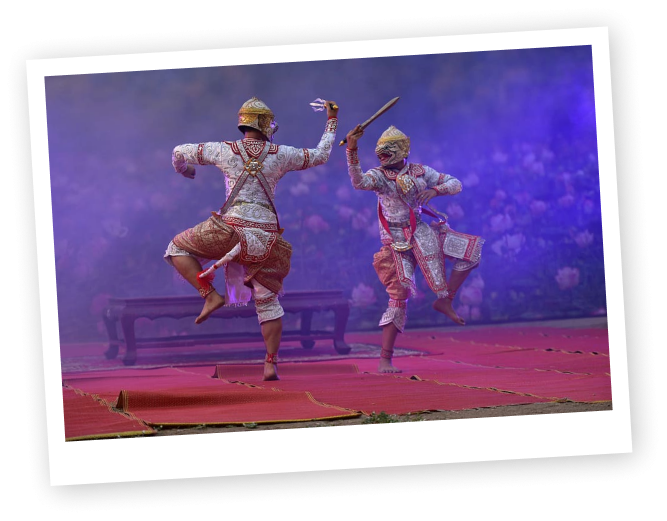
It is thought that theater, in a sense we would recognize today, did not emerge in China until around the 4th century.
Early plays would often be two-man shows and feature the same two characters – a corrupt official and a jester – in various scenarios. The storyline was typically that of the jester making fun of the official, who would yield his power without realizing society was laughing at him.
While these were popular, Chinese opera remained the dominant genre, with masked singing and dancing shows being performed across China.
Shadow puppetry also became popular from around the 7th century CE onwards. However, it soon became a propaganda tool used by the government to control the population.
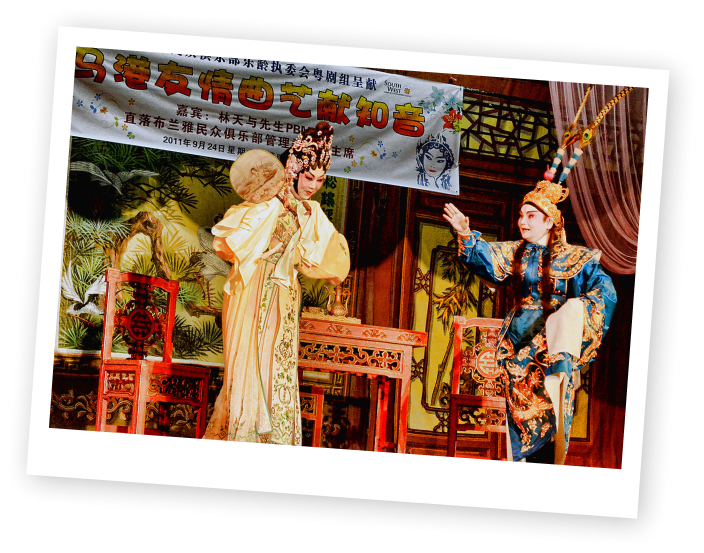
While theater has a place in modern China, it is not considered a vital part of contemporary Chinese culture. The plays that are produced tend to be on TV rather than turned into stage performances.
Japanese theater
Traditional forms of Japanese theater began to emerge in Japan in the 7th century, with Bugaku. This traditional Japanese dance is still performed today.
Japan was also home to three more traditional forms of theater:
While not on the scale of New York’s Broadway or London’s West End, Tokyo is today one of the world’s biggest theater cities. Japanese playwrights continue to use the work of Shakespeare as inspiration. At the same time, classic Shakespearean and other “old school” plays remain the most popular with Japanese and tourist audiences.
Persian theater
Ancient Persian theater was characterized by puppetry and shadow plays.
However, theatrical shows were hugely popular across modern-day Iran from the 7th century onwards, with genres as diverse as:
Comedies providing
commentary on political
and domestic life.
Melodramatic, mournful
performances.
Comedies tailored to a specific setting
or around a particular character.
Grocery stores and bald clowns were
particular subjects of fun!
Theatrical performances sung
to the audience, a potential
precursor to the modern
interpretation of the musical.
While some of these traditions remain today, theater in Iran and, indeed, across the Middle East is heavily influenced by Western culture.
Many playwrights in Iran today that create scripts as social and political commentaries find their work heavily censored and sometimes banned completely.
In modern theater, historic global influence is everywhere
By looking back through history, it is clear how influential even the earliest theatrical performances have been on what we see on stage today.
Plot devices and characters used by the Greeks and the Romans were, for example, a cornerstone of Shakespeare’s work, which remains widely loved and performed the world over.

However, to genuinely appreciate the historical, global cultural influence of modern theater, take a trip to New York’s Broadway or London’s West End, the world’s two most prominent theatrical districts.

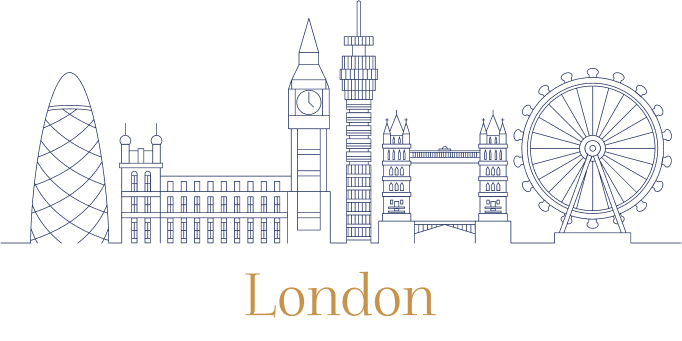
Here, you’ll find a variety of shows packed with thematic influences from around the world. You don’t need to visit expensive theater districts to see this, either! No matter where you are, pay a visit to your local theater and see what cultural influences you can pick out!
political oppression.


